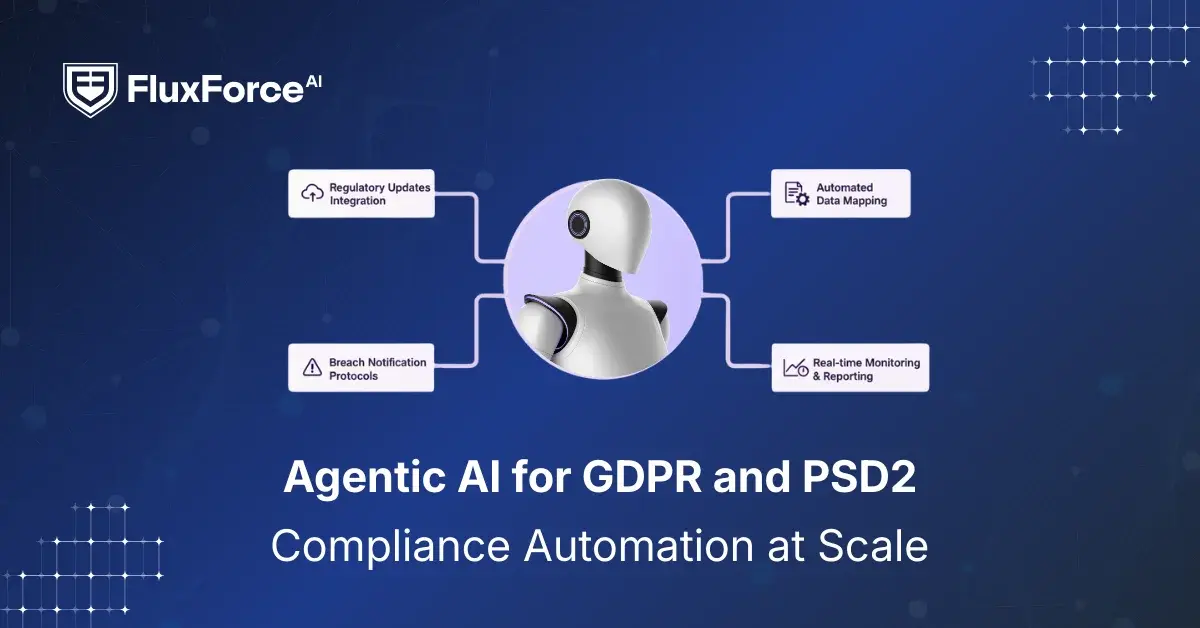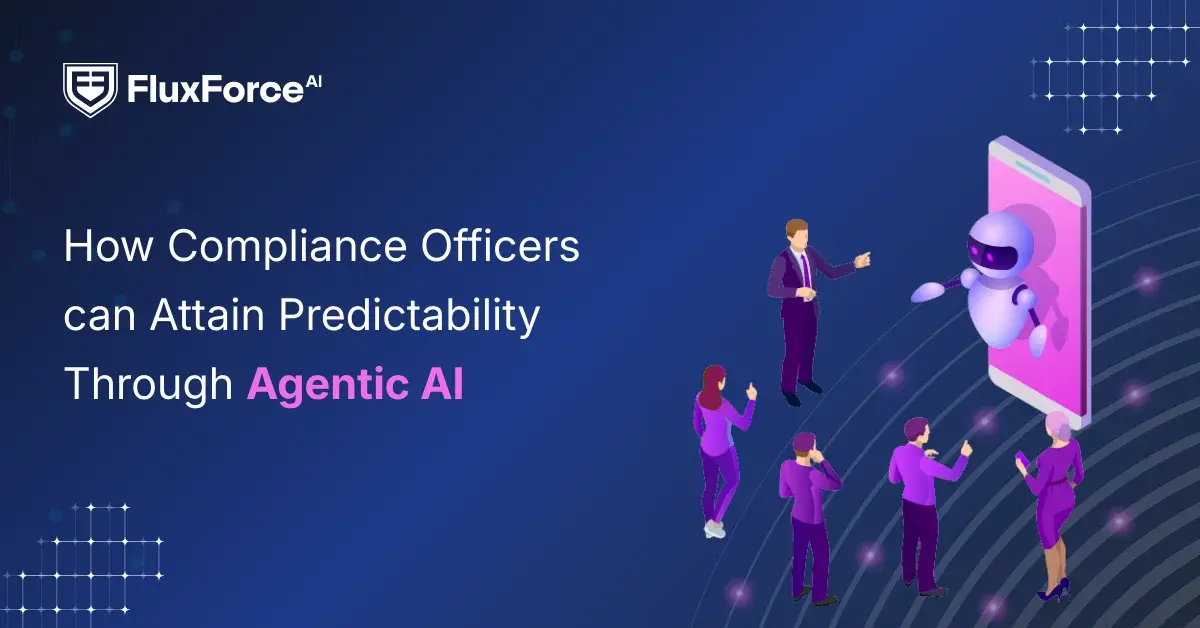Listen to our podcast 🎧
-1.png)
Introduction
In modern supply chains, validating high-risk suppliers is a key challenge for cybersecurity departments. These suppliers, though legitimate in appearance, can expose organizations to compliance violations, financial fraud, and reputational risks that disrupt operations.
For Chief Information Security Officers (CISOs), managing supplier onboarding risks is essential to building secure and resilient supply chains.
While regulations such as KYC, AML, and identity verification provide clear guidelines for safeguarding against these threats but scaling them across global markets often poses challenges.
The increasing number of high-risk suppliers requires organizations to strengthen compliance through AI-driven verification and automation. This blog explores how CISOs can strategically embed strong KYC/AML and identity verification practices for ensuring supply chain security at scale.
Why High-Risk Supplier Validation is a Challenge in Global Supply Chains
In most organizations, supplier identity verification still relies on manual steps, scattered data, and fragmented processes. At a global level, supply chains extend across regions, introducing more suppliers and diverse regulatory requirements.
Key challenges include:
- Manual Verification Limitations that slow down onboarding, increase errors, and fail to detect sophisticated fraud schemes.
- Regulatory Fragmentation that imposes varying KYC and AML rules across regions, causing compliance gaps and frequent conflicts.
- Siloed Data that keeps supplier records dispersed, and blocks centralized visibility, making hidden risks difficult to identify.
- Scale of Operations that overwhelms teams with thousands of suppliers, making continuous monitoring unmanageable without automation.
For CISOs, these processes increase the pressure to move quickly, validate with accuracy, and maintain compliance.
Modern Supplier Verification Process for Compliance with KYC/AML

Successful high-risk supplier verification not only strengthens supply chain security but also ensures compliance with KYC and AML regulations. Below is an effective KYC/AML compliance framework supported by AI and automation.
AI-Powered Digital Identity Verification
CISOs must replace manual document checks with AI-driven digital verification. Automated systems intelligently validate supplier identities against global registries, detect forgery, and accelerate onboarding while staying compliant with KYC/AML.
Risk Scoring and Supplier Profiling
AI models assign suppliers tiered risk scores using sanctions data, geolocation, and financial activity. This allows leaders to validate supplier credibility and meet AML requirements.
Centralized Supplier Data Integration
Automation integrates fragmented supplier records into a unified compliance dashboard. This enables consistent validation across regions, simplifies audits, and ensures every supplier meets KYC/AML obligations throughout the relationship lifecycle.
Continuous Compliance Monitoring Across Jurisdictions
Automated tools track shifting KYC/AML rules globally and apply them to supplier records. This ensures every supplier remains validated against both local and international laws, reducing risks from inconsistent regional compliance.
-1.png?width=1200&height=628&name=hubspot%20blog%20(6)-1.png)
Shaping the Future of AI in Finance
Fluxforce research uncovers how banks and enterprises are adapting to fraud, compliance, and data challenges in 2025.
Key High-Risk Supplier Validation Strategies for CISOs

Identifying risks tied to third-party vendors helps organizations avoid supply chain and strengthen compliance. Here’s how CISOs can implement identity verification for suppliers:
1. Enforce Rigorous Identity Verification for All Suppliers
CISOs must implement strict KYC and AML checks for every supplier. This ensures third-party partners meet regulatory requirements and prevents risks from fraudulent or unverified vendors in critical supply chains.
2. Conduct Continuous Risk Assessments on Vendor Relationship
Supplier risk profiles change over time. Continuous assessments using fraud detection analytics, transaction monitoring, and compliance reviews allow CISOs to detect early warning signs and mitigate risks proactively across business operations.
3. Implement Multi-Layered Access Controls for Supplier Systems
Restrict supplier access to only what is necessary. Using multi-factor authentication and role-based permissions ensures sensitive systems remain secure, reducing the chance of exploitation through third-party access points.
4. Mandate Data Security and Compliance Audits Regularly
Regular audits confirm that suppliers comply with data protection laws, industry standards, and internal security policies. This helps CISOs verify adherence to contractual requirements and strengthens accountability across third-party networks.
5. Establish Real-Time Monitoring of Supplier Transactions
Continuous monitoring with advanced analytics and AI-driven alerts gives CISOs visibility into supplier transactions. This enables real-time detection of irregular activities, supporting swift corrective action and reducing exposure to breaches.
Benefits of AML Risk Management in Global High-Risk Supply Chains

The application of AML principles in high-risk supply chains helps organizations in several ways, these include:
1. Detecting High-Risk Suppliers Early: AML processes allow CISOs to identify potentially risky vendors before they enter the supply chain, reducing financial exposure and preventing operational disruption.
2. Ensuring Global Regulatory Compliance: Automated AML monitoring aligns supplier activities with KYC/AML requirements across jurisdictions, minimizing penalties and ensuring adherence to evolving regulations.
3. Gaining Full Visibility into Supplier Operations: Centralized AML tools provide real-time insights into supplier behaviour, transactions, and risk patterns, enabling informed decisions and proactive risk management.
4. Prioritizing Resources on Critical Risks: AML risk scoring highlights suppliers with the most severe threat level, allowing CISOs to focus oversight where it matters most and optimize resource allocation.
5. Preventing Fraud Before It Escalates: AI-driven analysis of transactions and supplier behaviour detects anomalies early, stopping fraud and minimizing operational and financial impact.
6. Strengthening Accountability Across Suppliers: Consistent AML monitoring enforces verification, reporting, and compliance standards, ensuring suppliers remain accountable throughout the supply chain lifecycle.
Best Practices for High-Risk Supplier Onboarding and Due Diligence

High-risk suppliers can expose organizations to hidden risks across operations, finance, and compliance. Following a methodical approach to onboarding ensures these risks are identified and managed effectively.
1. Conduct Comprehensive Risk Assessments
Evaluate each supplier’s financial stability, regulatory compliance, and operational reliability. Assign risk ratings to prioritize due diligence efforts and focus resources on suppliers that pose the highest exposure.
2. Verify Supplier Identity and Ownership
Implement identity verification and KYC processes to confirm the legitimacy of suppliers. Understanding ownership structures helps prevent exposure to sanctioned entities or undisclosed third parties.
3. Assess Cybersecurity and Data Protection Controls
Examine suppliers’ cybersecurity posture and data handling practices. Ensure they follow industry standards to protect sensitive organizational and customer information from breaches or misuse.
4. Monitor Ongoing Compliance and Performance
Establish continuous monitoring programs for regulatory adherence, service quality, and financial stability. Automated tools can flag deviations early, allowing proactive risk management.
5. Maintain Transparent Documentation and Reporting
Keep detailed records of due diligence, approvals, and monitoring activities. Transparent documentation supports audits, regulatory reviews, and informed decision-making for high-risk supplier management.
Conclusion
High-risk supplier validation is a critical component of supply chain fraud prevention. CISOs play a central role in ensuring that suppliers are thoroughly vetted, verified, and continuously monitored to mitigate operational, financial, and regulatory risks.
By implementing structured onboarding, AI-driven identity verification, and ongoing compliance monitoring, organizations can identify potential threats before they escalate.
The listed CISO-led strategies not only strengthen supplier identity authentication but also enhance visibility, accountability, and resilience across the entire supply chain. Organizations must adopt these strategies consistently to safeguard operations, maintain regulatory compliance, and build trust with partners.


.webp)



Share this article